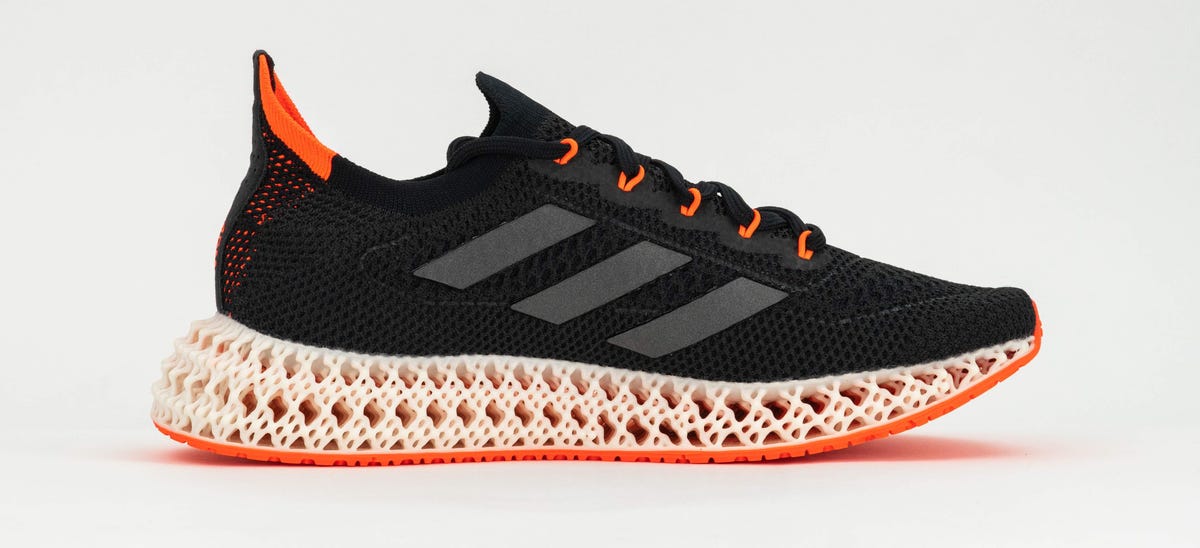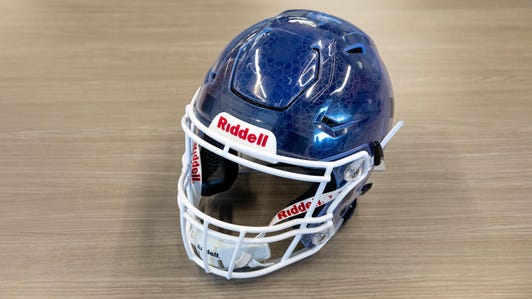3D printer maker Carbon on Wednesday announced two new models, the M3 and M3 Max, designed to make the novel manufacturing method more practical. The systems are better able to detect and compensate for manufacturing stress problems, resulting in stronger products that often can be printed faster, the company said.
Most 3D printers lay down plastics from the top, fusing a supply of powder or filament layer by layer into a solid object. Carbon has a different approach, zapping a liquid with carefully directed ultraviolet laser light from the bottom.
3D printing has been transforming manufacturing, letting companies build products that wouldn’t be economical or even feasible with earlier methods like molding or machining. 3D printing is popular with hobbyists and as a way to prototype products. Companies like Carbon aim to transform production, too.
Its approach is used to make airy shock-absorbing lattices that form Adidas running shoe midsoles, Specialized bike seats and custom-fit Riddell football helmets. It can also use harder plastics for tooth alignment products, Lamborghini fuel caps and bike pedals.
Carbon’s prices are for serious customers: Its first-gen system costs $2,100 per month. Carbon sells its printers only through a subscription system that includes service and software updates. The company hasn’t revealed how much more its later M2 and new M3 systems cost, but you can bet they would be too expensive for cosplayers 3D printing Mandalorian helmets.


Adidas’ 4DFWD shoes use a midsole 3D printed by Carbon.
Carbon
3D printing
- Best 3D printer for 2022
- This startup wants to 3D-print your next running shoe or dentures
- With 3D printers and nanofingers, HP Labs builds a new future
Redwood City, California-based Carbon, founded in 2013, has become a major player in 3D printing, supplying products to small companies and to contract manufacturers that have fleets of hundreds of printers. It competes against giants like General Electric and HP.
Carbon’s printing technology, called Digital Light Synthesis, slowly pulls up 3D printed objects as they’re printed, letting liquid material flow in underneath to form the next layer. That imparts forces that can be a problem, but the M3 and M3 Max machines are designed to detect stress problems and adjust print speeds accordingly. The upshot is swifter printing — up to 2.5 times faster for airy elastomer lattices — and higher quality, more consistent parts, said marketing director Rob L’Heureux.
The M3 has the same printing resolution as the 2017-era M2, but its refinements makes products look and feel smoother. It’s shipping now.
The M3 Max, which will start shipping in the second half of 2022, has a printing bed that’s 12×6.4×12.8 inches — twice the surface area as the M3. That’s good for printing larger products or more small products at a time. With a new 4K imaging processor, it offers the same resolution as the M3.
Though 3D printing is improving, injection molded plastics will always be cheaper for mass manufacturing.
“We are never going to get to a place on the cost side for printing spoons and forks,” said Phil DiSimone, co-founder and chief product officer.
Carbon 3D prints stuff that’s squishy, springy and comes in unusual shapes










